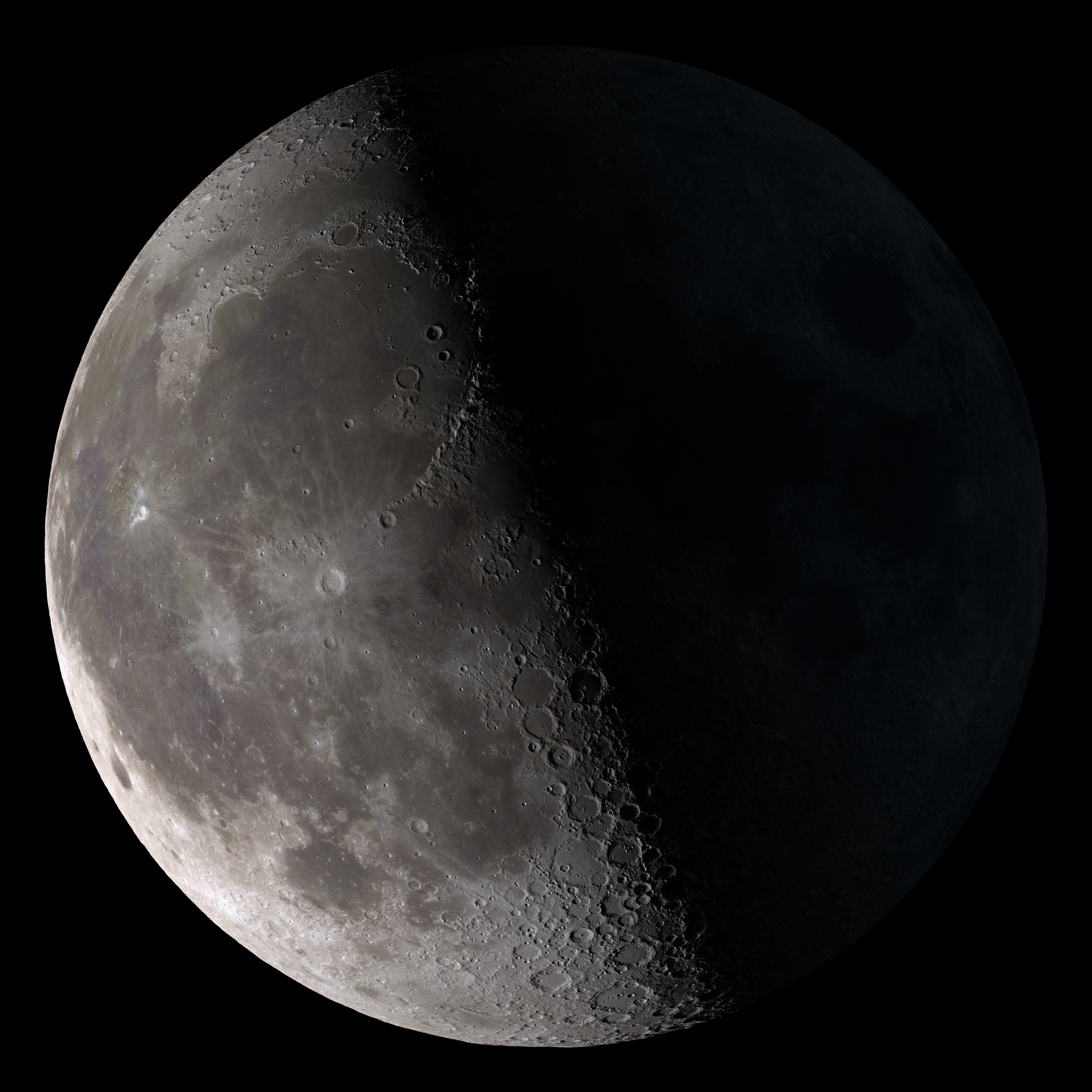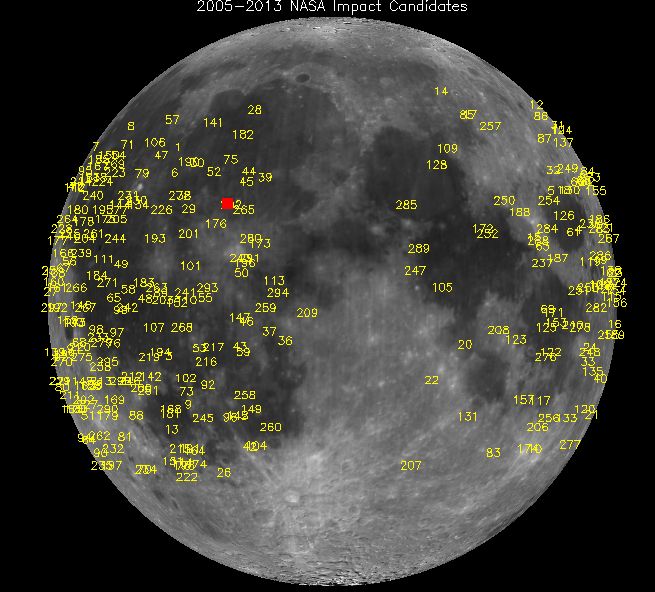Did you raise a pint to Ireland’s national saint on March 17 this year? If you did, let us reassure you that if you saw flashes in the sky you weren’t seeing things.
What you were seeing were dozens of meteorites bombarding the Earth and the Moon. And one of those that hit the Moon was so large, and hit with such force, that the impact was visible from Earth with the naked eye.

These false-color frames extracted from the original black and white video show the explosion in progress. At its peak, the flash was as bright as a 4th magnitude star.
It was also the largest recorded meteorite impact on the Moon in recent history. The explosion caused by the meteorite was ten times as bright as anything the space agency has recorded.
According to NASA the Saint Patrick’s Day meteorite was just about 30cm (1 foot) in diameter, and weighed 40 kg (88-pound) but hit at a speed of 90,123 Kmph 56,000 mph. The resulting crater is estimated to be 20 meters (66 feet) wide.
NASA’s awesomely named “Meteoroid Environment Office” is currently hunting for the impact zone in the Moon’s Mare Imbrium.
But NASA isn’t just looking at the Moon for evidence of the meteorites; according to the agency the impact came just before the Earth was bombarded with dozens of similarly sized meteorites, which were “travelling along nearly identical orbits between Earth and the asteroid belt.”
Ron Suggs, an analyst at the Marshall Space Flight Center, who first saw the impact, says that the two events are related,
“My working hypothesis is that […] this constitutes a short duration cluster of material encountered by the Earth-Moon system.”
NASA started monitoring the Moon for meteorite impacts in 2005, and since then the organisation has recorded over 300 strikes. Half of these came from unknown sources, NASA says.













